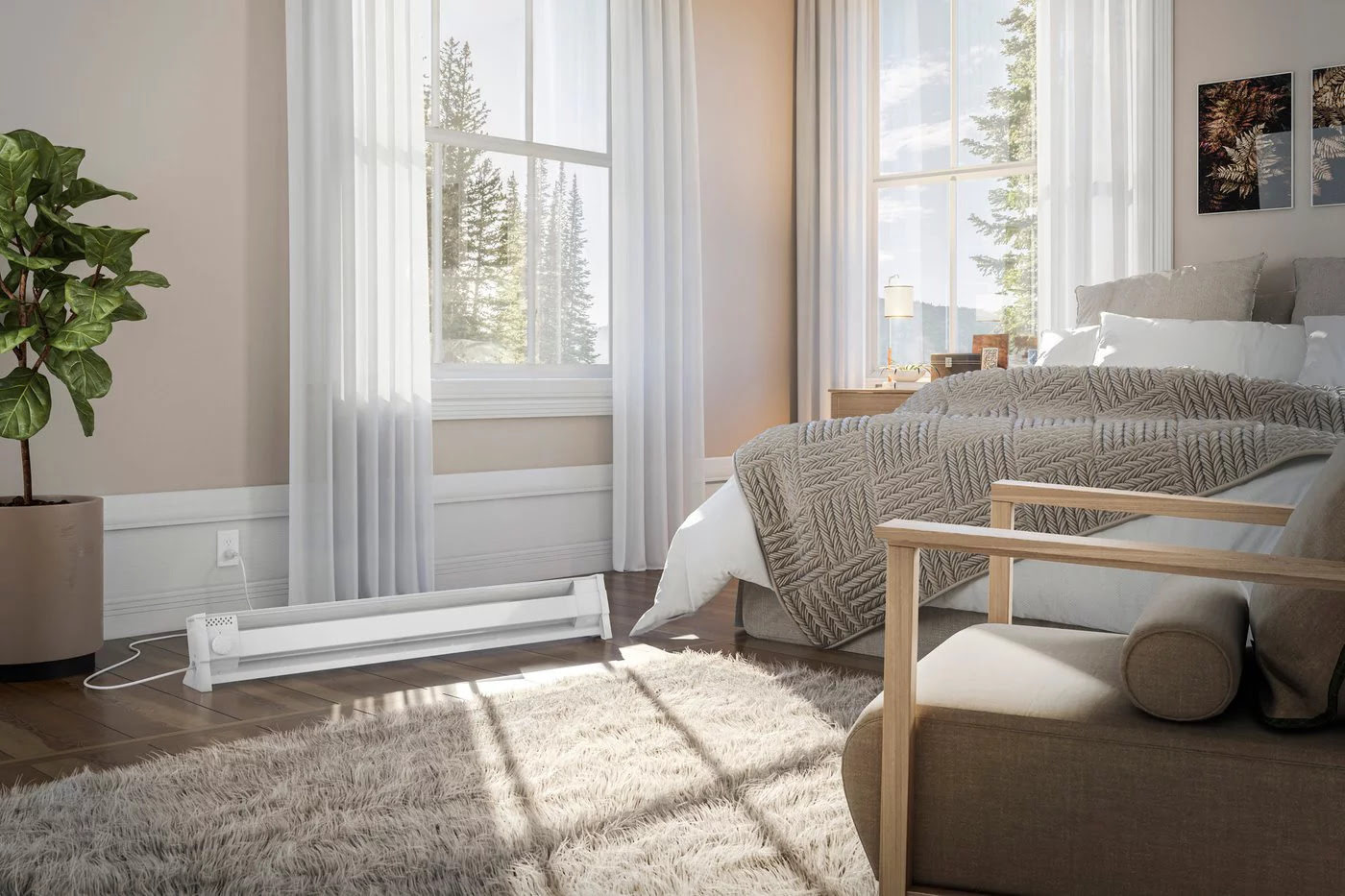

Articles
How To Hang Curtains With Baseboard Heaters
Modified: December 7, 2023
Discover helpful articles on how to hang curtains with baseboard heaters. Get expert tips and tricks for achieving a stylish and functional window treatment solution that works perfectly with your heating setup.
(Many of the links in this article redirect to a specific reviewed product. Your purchase of these products through affiliate links helps to generate commission for Storables.com, at no extra cost. Learn more)
Introduction
When it comes to decorating a room, curtains are an essential element that can transform the look and feel of any space. They not only add privacy but also provide insulation and create a cozy atmosphere. However, if you have baseboard heaters, hanging curtains can be a bit challenging. The proximity of the heaters to the windows can make it difficult to find the right way to hang the curtains without obstructing the heat flow or creating fire hazards.
In this article, we will guide you through the process of hanging curtains with baseboard heaters, ensuring both safety and functionality. By following these steps, you can enhance the aesthetic appeal of your space while still maintaining the efficient operation of your heating system.
Key Takeaways:
- Ensure proper clearance between curtains and baseboard heaters to maintain safety and functionality. Choose heat-resistant materials and secure tie-backs for a stylish yet safe curtain installation.
- Regularly inspect and maintain adequate clearance to prevent fire hazards and ensure efficient heat circulation. Follow the steps for a visually appealing and safe curtain hanging experience.
Read more: How To Wire Baseboard Heater Thermostat
Step 1: Measure and Mark
The first step in hanging curtains with baseboard heaters is to accurately measure the height and width of your windows. Using a measuring tape, measure the distance from the floor to the top of the window frame to determine the curtain length. Additionally, measure the width of the window frame to determine the curtain width.
Once you have the measurements, mark the desired curtain rod placement on the wall. It is crucial to consider the clearance needed between the top of the baseboard heater and the bottom of the curtain rod. This clearance ensures that the curtains will not obstruct the heat flow or come into contact with the heater, potentially causing a fire hazard.
For optimal clearance, it is recommended to leave at least 4-6 inches between the top of the baseboard heater and the bottom of the curtain rod. Mark this distance on the wall using a pencil or a piece of tape.
Take into account any other factors that may affect the curtain placement, such as the height of furniture or other objects in the room. By measuring and marking the curtain rod placement, you will have a clear guide for the installation process.
Step 2: Choose the Right Curtain Rods
Choosing the right curtain rods is crucial when hanging curtains with baseboard heaters. It is important to select rods that are suitable for the weight and length of your curtains while also considering the space needed for the curtains to hang freely without obstructing the baseboard heaters.
When selecting curtain rods, opt for adjustable rods that allow you to customize the width to fit your window frame. This flexibility ensures a proper fit and allows you to position the curtains at the desired distance from the baseboard heaters.
Additionally, consider the curtain rod material. Metal rods, such as stainless steel or wrought iron, are typically more durable and heat-resistant compared to wood or plastic rods. This is particularly important when hanging curtains near baseboard heaters, as the rods may be exposed to heat and require a higher level of heat resistance.
Another factor to consider is the curtain rod style. There are various types of curtain rods available, including single rods, double rods, and tension rods. Single rods are suitable for hanging a single curtain panel, while double rods allow you to hang both sheer and opaque curtains for added versatility. Tension rods are a great option if you want a more temporary and adjustable solution.
By choosing the right curtain rods that are adjustable, heat-resistant, and suitable for your curtain style and weight, you can ensure a secure and functional installation that complements your baseboard heaters.
Step 3: Install the Brackets
Once you have chosen the right curtain rods, the next step is to install the brackets. The brackets will provide support for the curtain rods and ensure that they are securely mounted to the wall.
Start by holding one bracket against the wall at the mark you made earlier for the curtain rod placement. Use a level to ensure that the bracket is straight. Once the bracket is positioned correctly, mark the screw holes on the wall with a pencil.
Using a drill and an appropriate-sized drill bit, carefully drill pilot holes at the marked screw hole locations. This will prevent the wall from cracking or splintering when you insert the screws.
Next, align the bracket with the pilot holes and screw it securely into place. Repeat this process for the second bracket, ensuring that it is aligned with the first bracket and spaced evenly from the window edges.
After both brackets are installed, double-check that they are level and securely attached to the wall. This will ensure the stability and functionality of the curtain rods once they are mounted.
Depending on the type of curtain rods you have chosen, you may need to slide the rods through the brackets before proceeding to the next step. Follow the manufacturer’s instructions for your specific curtain rod type.
By properly installing the brackets, you can ensure that your curtain rods are securely mounted and ready for the next steps in hanging the curtains with baseboard heaters.
Step 4: Consider Heat Resistance
When hanging curtains with baseboard heaters, it is crucial to consider the heat resistance of the curtain materials. The proximity of the curtains to the heaters means that they will be exposed to heat, and using non-heat resistant materials can pose a fire hazard.
When selecting curtain fabrics, opt for materials that are labeled as flame-retardant or specifically designed for use near heat sources. These fabrics are typically made from synthetic fibers that are less prone to catching fire or melting when exposed to high temperatures.
Avoid using curtains made from highly flammable materials such as silk, satin, or lightweight synthetic fabrics. These materials can easily ignite if they come into direct contact with the baseboard heaters.
Additionally, consider the length of the curtains. Long, flowing curtains may be more prone to coming into contact with the baseboard heaters, especially if there is a draft or airflow in the room. To maintain a safe distance, ensure that the curtain length is shorter than the height of the baseboard heaters.
If you already have curtains that are non-heat resistant, you can still use them by adding a heat-resistant liner behind the curtains. These liners act as a barrier between the curtains and the heaters, providing an extra layer of protection.
By taking heat resistance into consideration when choosing your curtains, you can ensure the safety of your space and minimize the risk of fire hazards associated with curtains near baseboard heaters.
When hanging curtains with baseboard heaters, use a curtain rod that extends far enough from the wall to allow the curtains to hang without touching the heater. This will prevent any potential fire hazards.
Step 5: Hang the Curtains
Now that you have installed the brackets and considered heat resistance, it’s time to hang the curtains with baseboard heaters. Follow these steps to ensure a proper and visually appealing installation:
- Start by sliding the curtain rod through the rod pocket or rings on your curtains. Make sure the curtains are evenly distributed along the rod.
- Hold the curtain rod with the attached curtains up against the brackets on the wall. Adjust the position of the curtains to ensure that they are hanging evenly and at the desired height.
- Once you are satisfied with the placement, secure the curtain rod onto the brackets. This may involve tightening screws, latching brackets, or sliding the rod into position, depending on the type of curtain rod you have chosen.
- Gently tug on the curtains to ensure that they are securely attached to the rod and properly supported by the brackets. Give them a slight swish to make any necessary adjustments.
- Step back and evaluate the overall appearance of the curtains. Check for any drooping, unevenness, or gaps between the curtains and the wall. Make any necessary adjustments to ensure a visually pleasing installation.
It’s important to note that the curtains should hang freely without touching the baseboard heaters or obstructing the heat flow. Adjust the placement of the curtains if necessary to maintain the recommended clearance of 4-6 inches between the top of the baseboard heaters and the bottom of the curtains.
By following these steps, you can hang your curtains securely and beautifully, enhancing the aesthetics of your space while still ensuring proper functionality alongside your baseboard heaters.
Step 6: Secure Curtain Tie-Backs
Once the curtains are hung with baseboard heaters, you may want to consider securing them with curtain tie-backs. Curtain tie-backs not only add a decorative touch but also allow you to easily keep the curtains open when desired.
To secure curtain tie-backs, follow these steps:
- Start by positioning the curtains in the desired open position. This will help you determine where to place the tie-backs.
- Hold the curtain fabric on one side and gather it together in a loose, natural pleat.
- Wrap the tie-back around the gathered curtain fabric, ensuring that it is positioned at the desired height and angle.
- Secure the tie-back by either looping it through itself or tying it in a knot. Alternatively, you can use decorative hooks or hardware designed specifically for curtain tie-backs.
- Repeat the process on the other side of the curtains to create a symmetrical look.
When securing curtain tie-backs, it is important to ensure that they are positioned so as not to interfere with the baseboard heaters or the heat flow. Keep the tie-backs at a sufficient distance from the heaters to prevent any potential fire hazards.
Consider using tie-backs made from heat-resistant materials, such as metal or fabric that is not highly flammable, to further minimize any risks associated with their proximity to the baseboard heaters.
By securing curtain tie-backs properly, you can enhance the appearance of your curtains and have the flexibility to keep them open while maintaining safety and functionality with your baseboard heaters.
Step 7: Maintain Adequate Clearance
To ensure the safe and efficient operation of your baseboard heaters, it is crucial to maintain adequate clearance between the curtains and the heaters. This clearance allows for proper heat circulation and reduces the risk of fire hazards.
Here are some tips for maintaining adequate clearance:
- Regularly check the positioning of the curtains to ensure that they are not touching or obstructing the baseboard heaters. If you notice that the curtains are getting too close, adjust their placement accordingly.
- Keep an eye on any draft or airflow in the room that could cause the curtains to move closer to the heaters. Make adjustments as needed to maintain the recommended distance of 4-6 inches between the top of the baseboard heaters and the bottom of the curtains.
- Consider using curtain holdbacks or tie-backs to hold the curtains in place and prevent them from drifting towards the heaters.
- Regularly clean and inspect both the baseboard heaters and the curtains. Dust and debris can accumulate on the heaters, affecting their performance, while buildup on the curtains can pose a fire hazard. Keeping them both clean will help maintain a safe distance.
- If you notice any signs of overheating, such as discoloration or melting of the curtain fabric near the heaters, immediately adjust the curtain placement to increase the clearance. Consult with a professional if necessary to assess the situation and ensure safe operation.
By maintaining adequate clearance between the curtains and the baseboard heaters, you can ensure that the heaters function effectively and safely without any risk of overheating or fire hazards.
Conclusion
Hanging curtains with baseboard heaters requires careful consideration to ensure both style and safety. By following the steps outlined in this article, you can successfully hang curtains that enhance the visual appeal of your space while maintaining the efficient functioning of your heating system.
Measure and mark the curtain rod placement, ensuring adequate clearance between the top of the baseboard heaters and the bottom of the curtains. Choose adjustable curtain rods that are heat-resistant and suitable for the weight and style of your curtains. Install the brackets securely, ensuring they are level and properly aligned.
Consider the heat resistance of the curtain materials and opt for flame-retardant fabrics or add a heat-resistant liner behind non-heat resistant curtains. Hang the curtains properly, ensuring they are evenly distributed and appropriately positioned to avoid obstruction of heat flow.
Secure the curtains with tie-backs, keeping in mind the need for safe placement away from the baseboard heaters. Regularly check and maintain adequate clearance between the curtains and the heaters to prevent any fire hazards. Clean and inspect both the baseboard heaters and the curtains to ensure their optimal performance and safety.
By following these guidelines, you can create a warm and inviting atmosphere in your space while prioritizing the safety and functionality of your baseboard heaters. So go ahead, hang those curtains and enjoy the cozy comfort they bring.
Frequently Asked Questions about How To Hang Curtains With Baseboard Heaters
Was this page helpful?
At Storables.com, we guarantee accurate and reliable information. Our content, validated by Expert Board Contributors, is crafted following stringent Editorial Policies. We're committed to providing you with well-researched, expert-backed insights for all your informational needs.
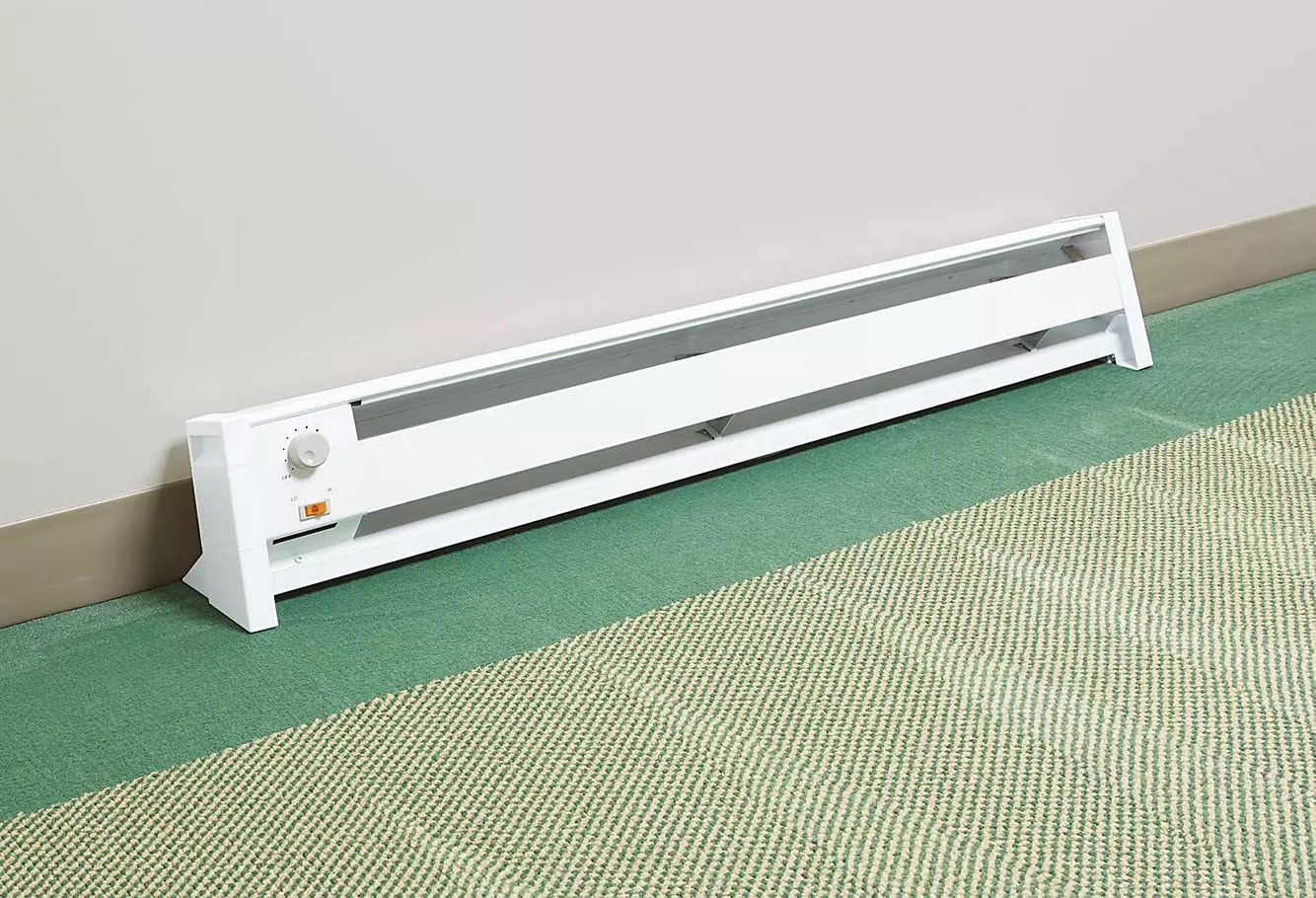
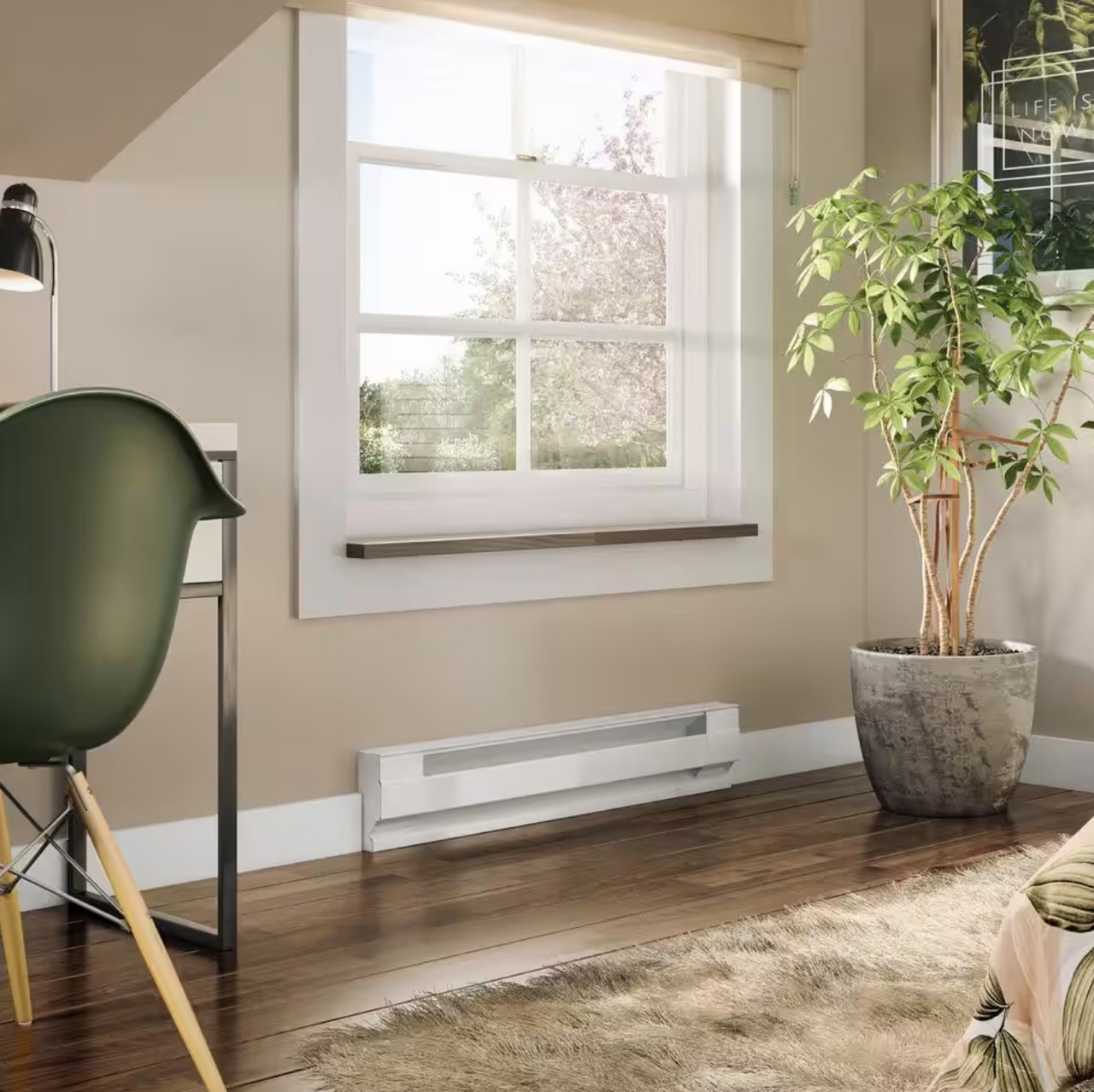
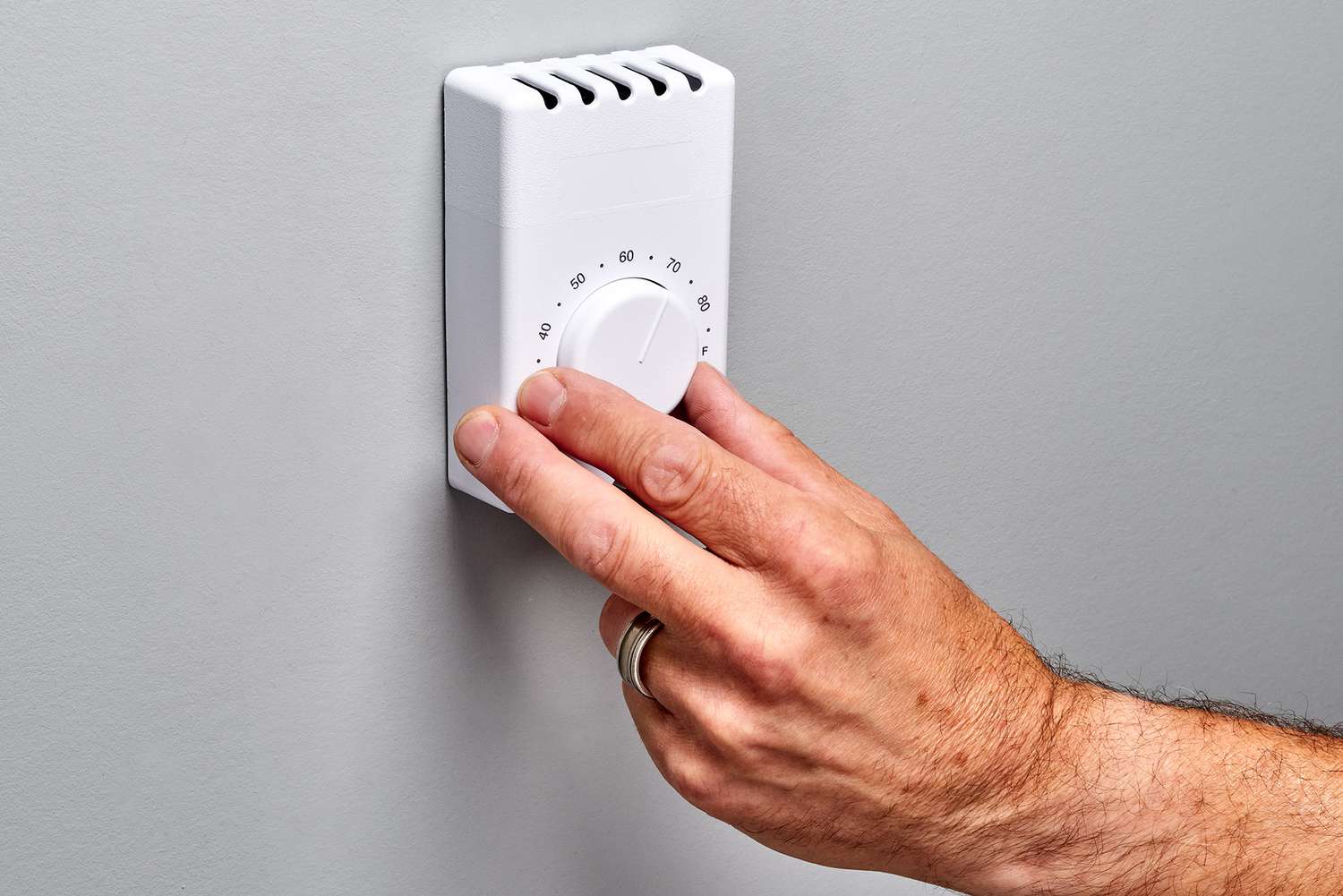
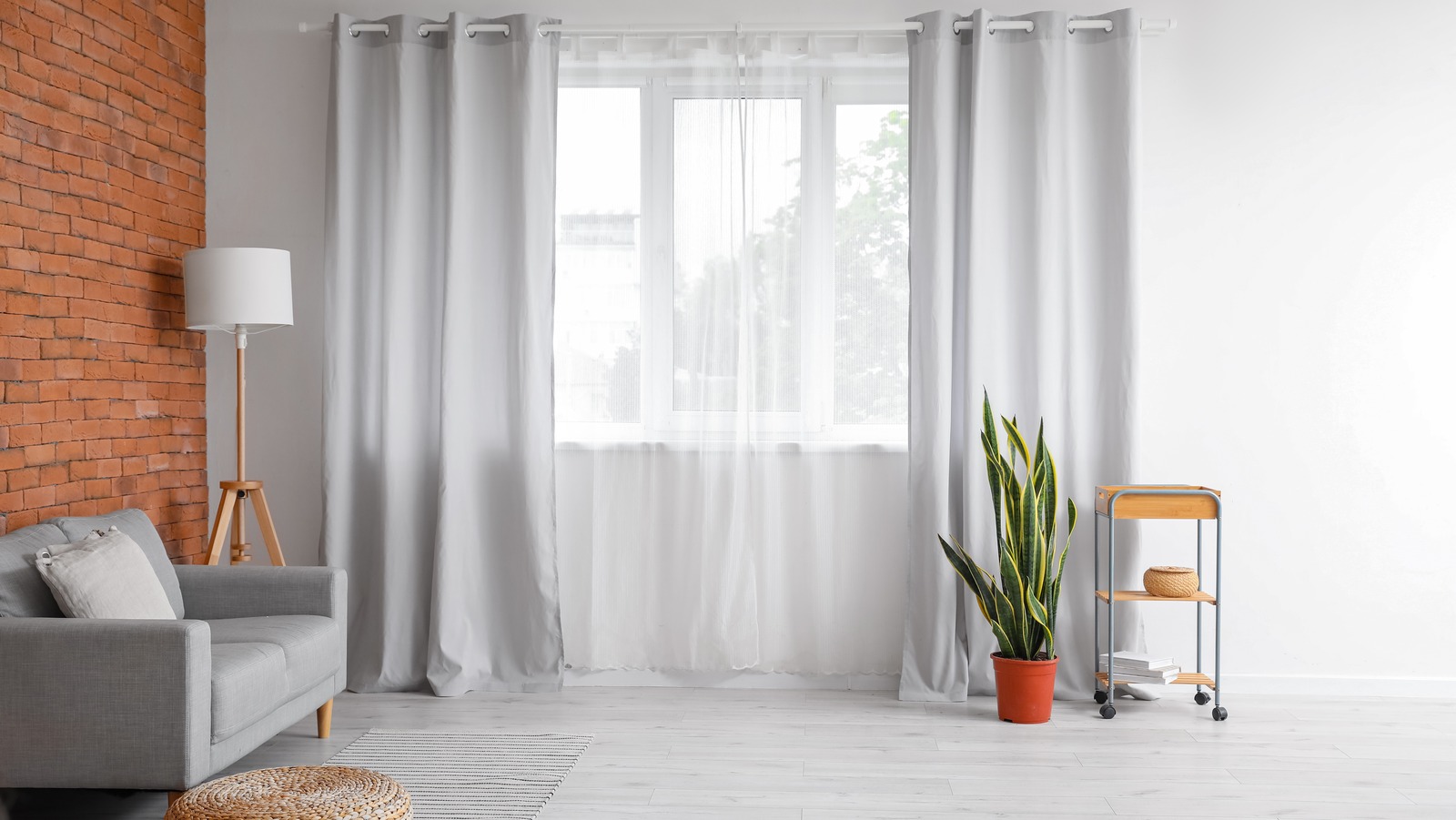
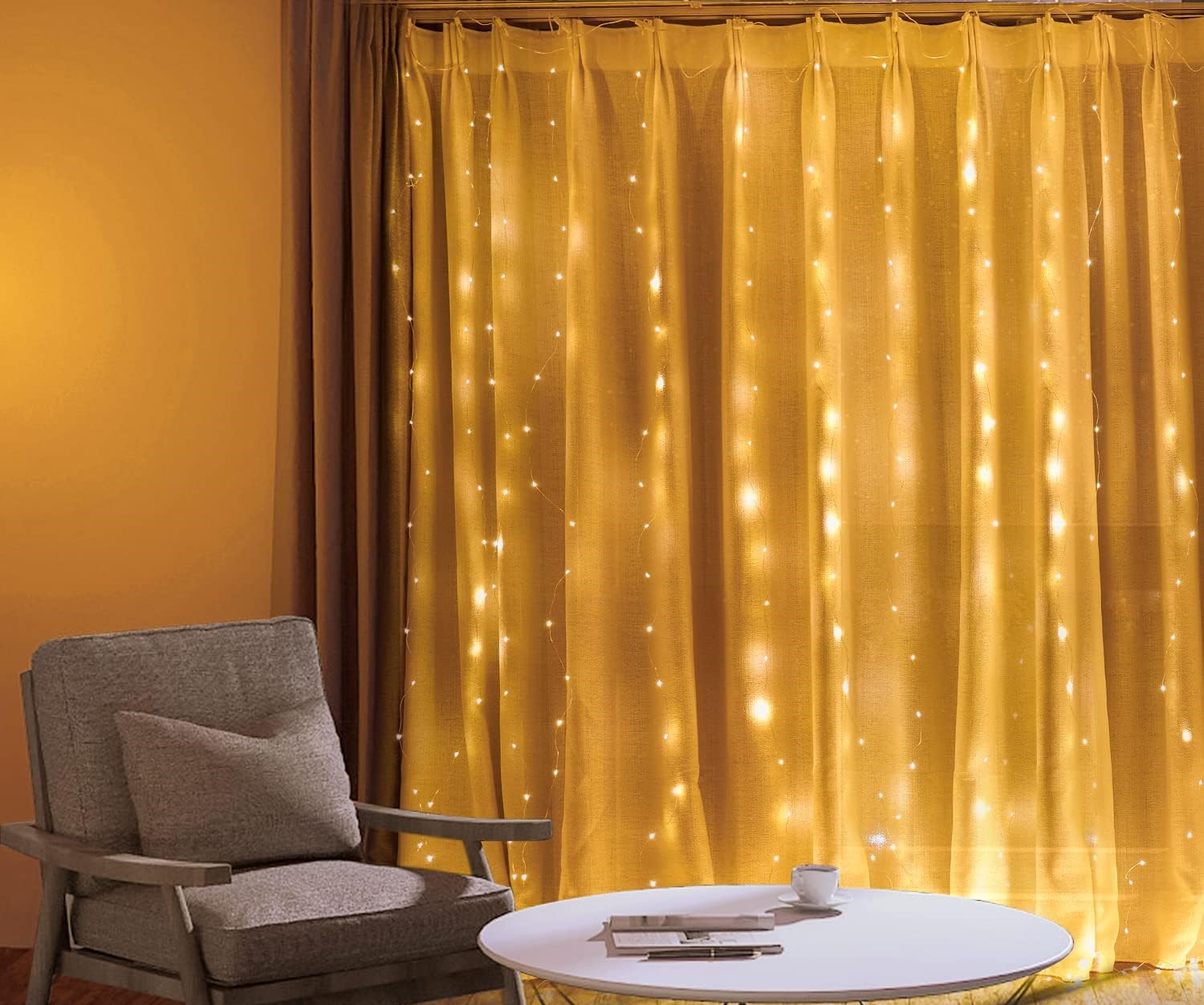
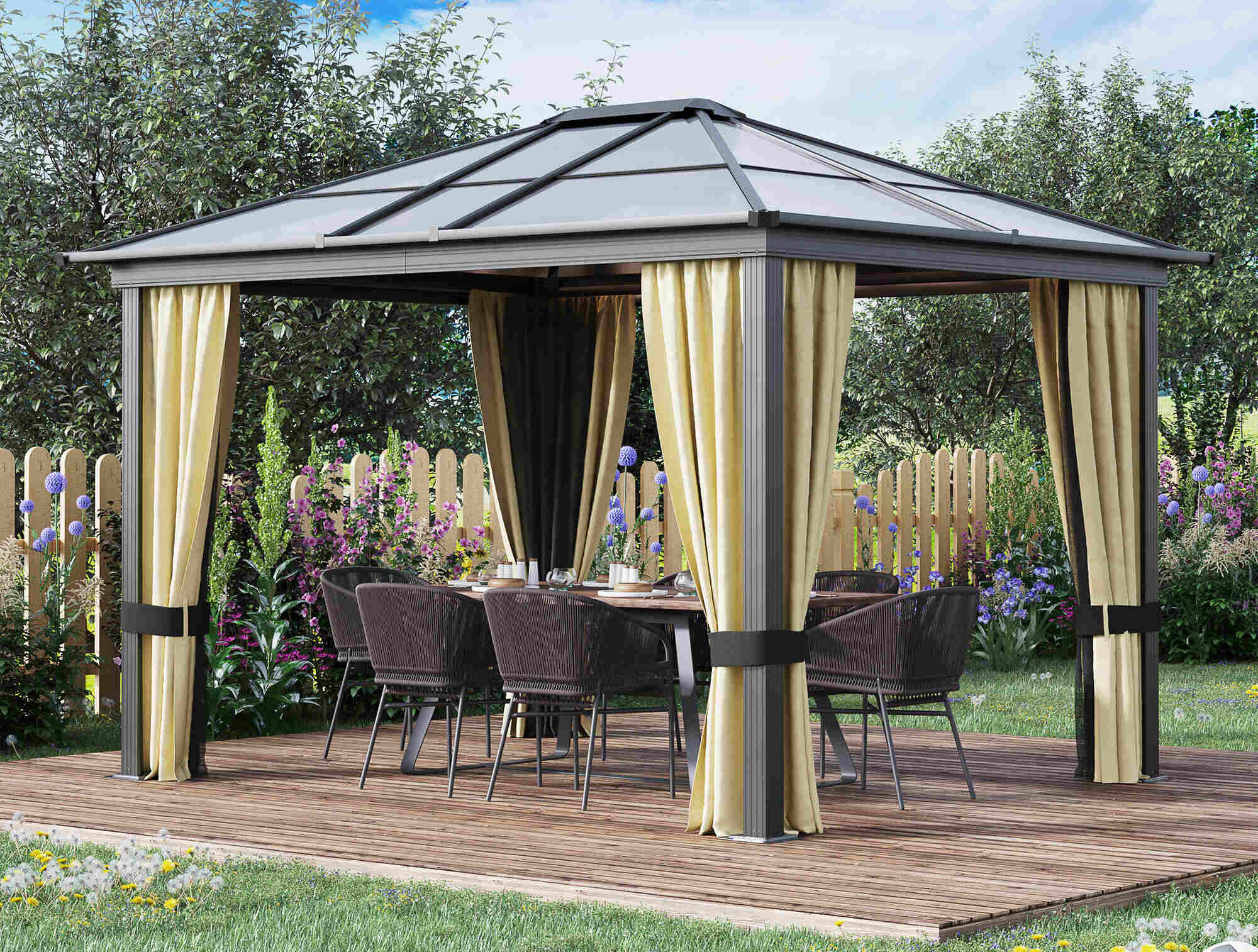
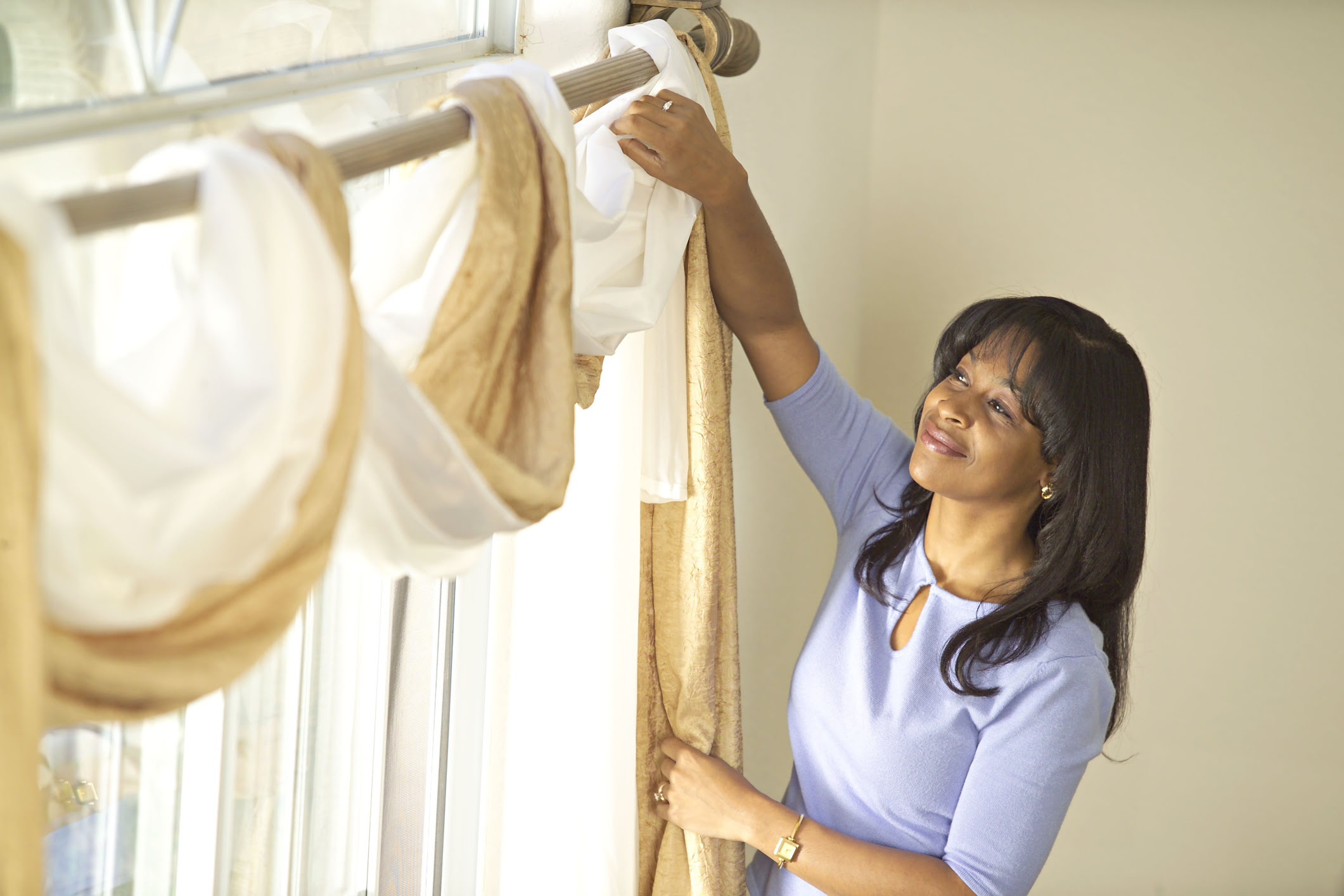
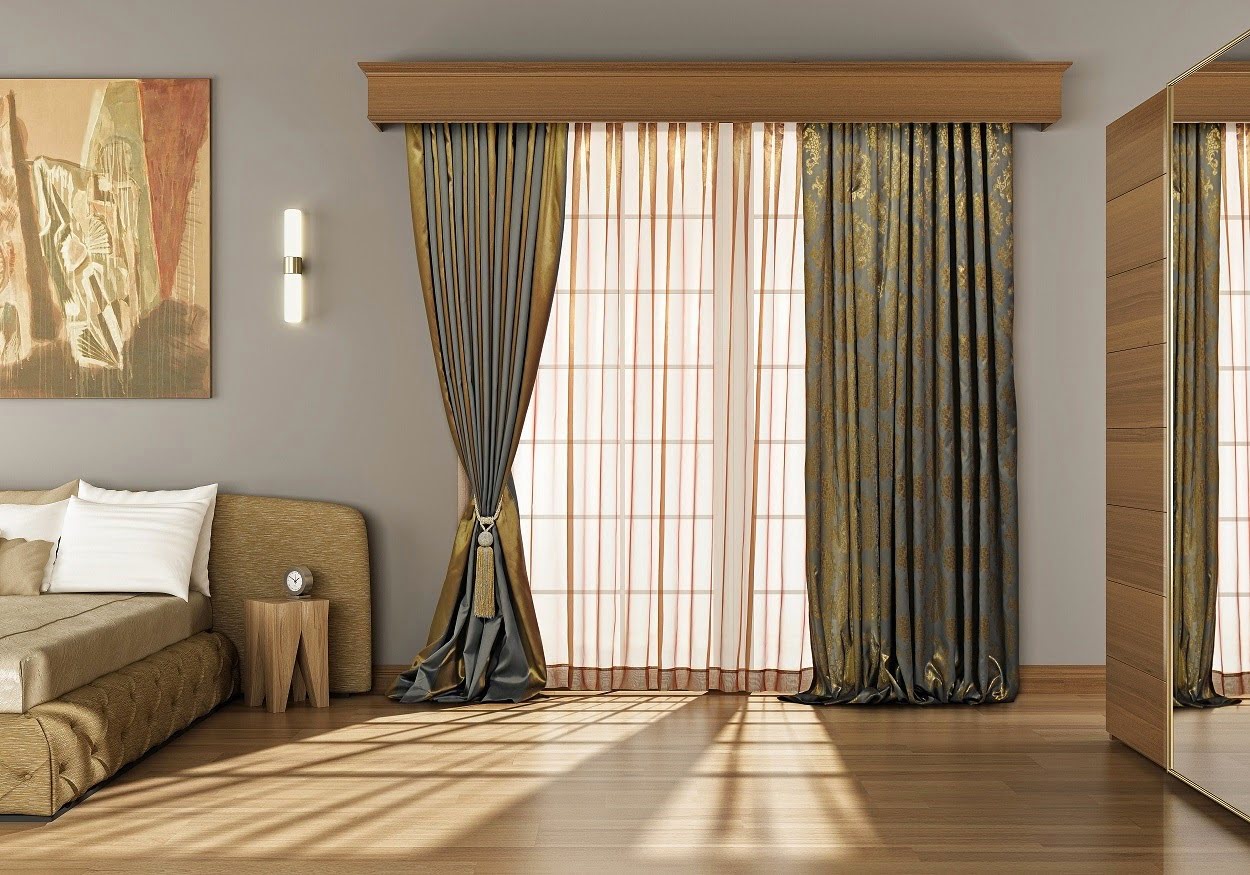
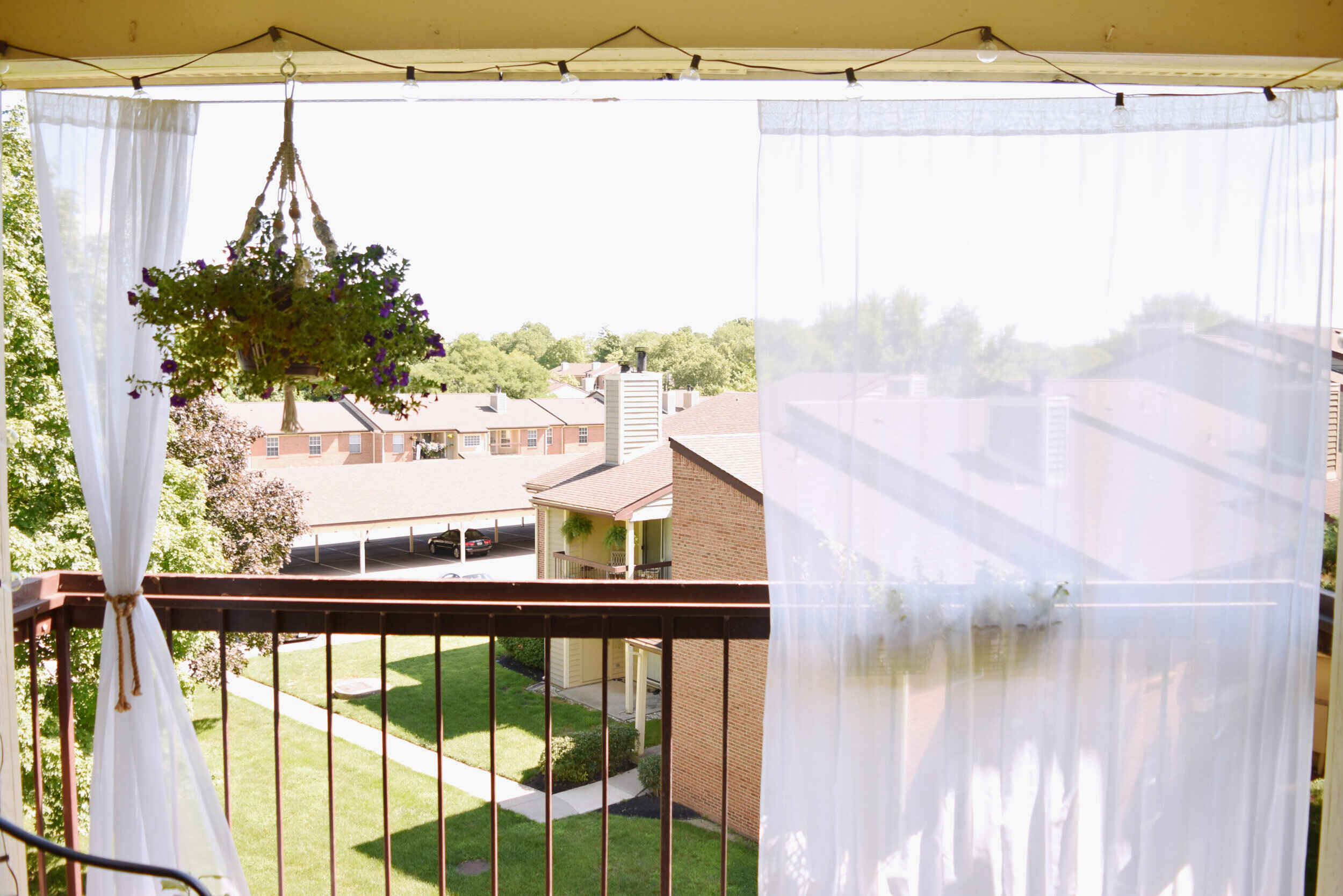
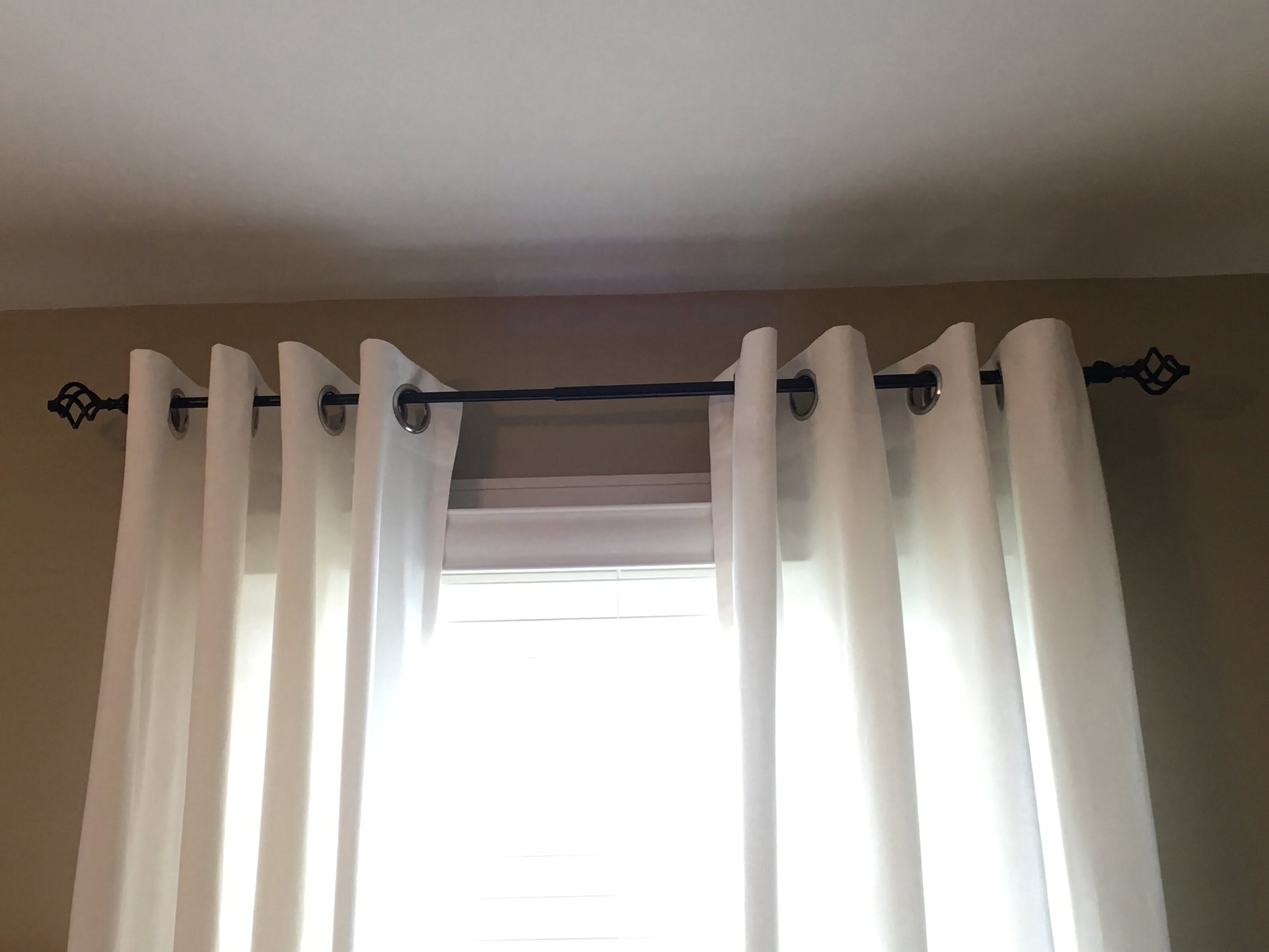
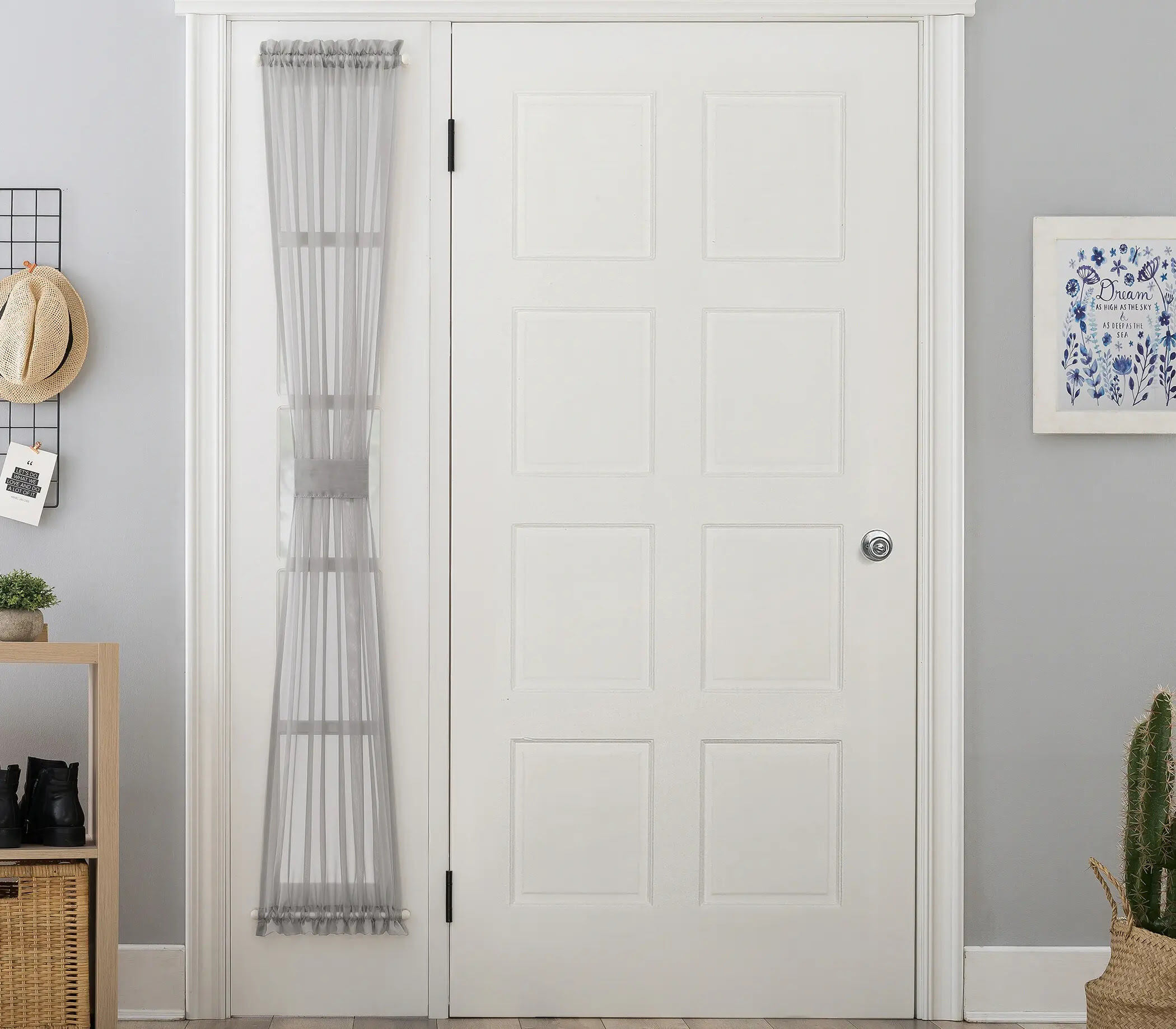
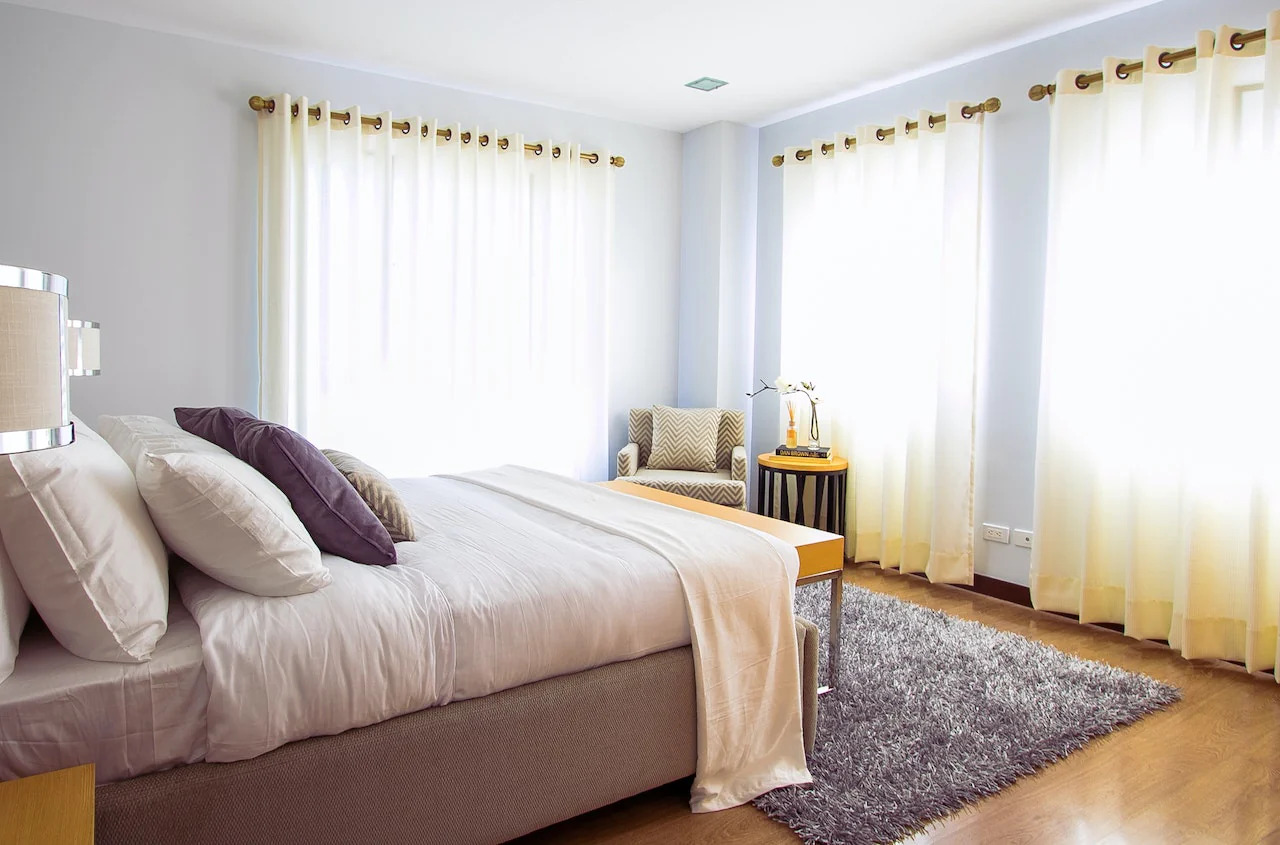
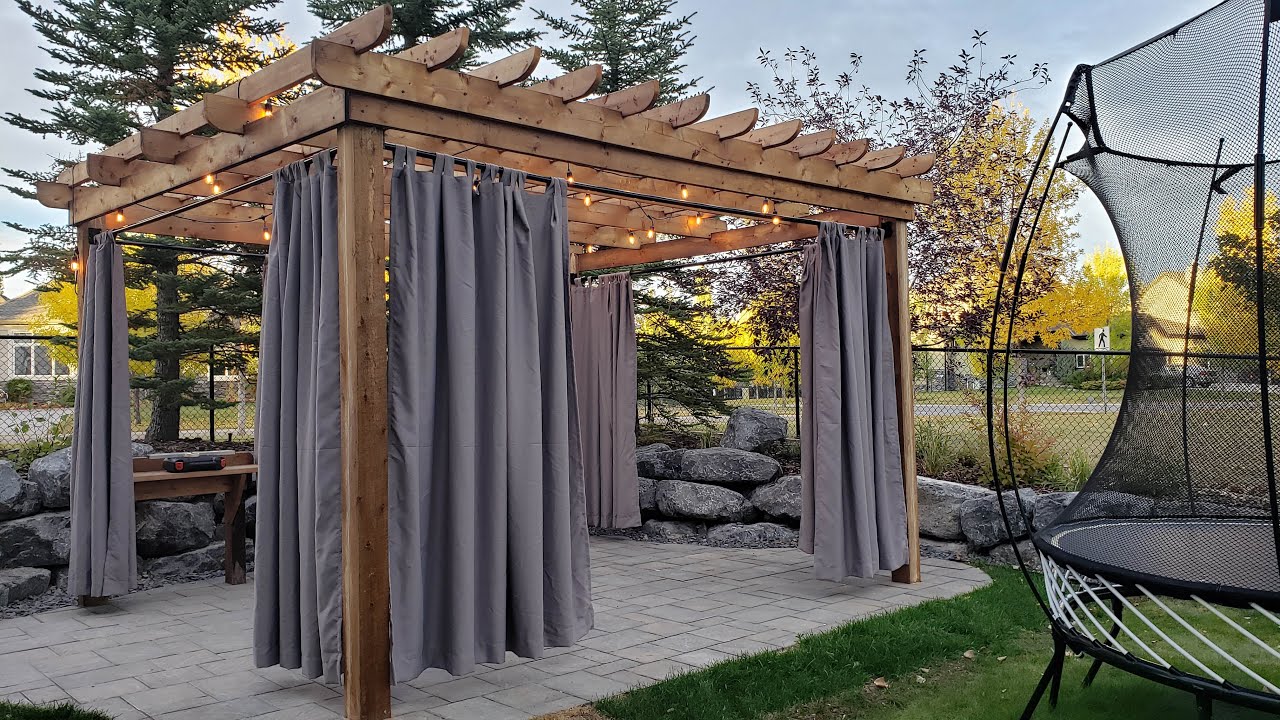
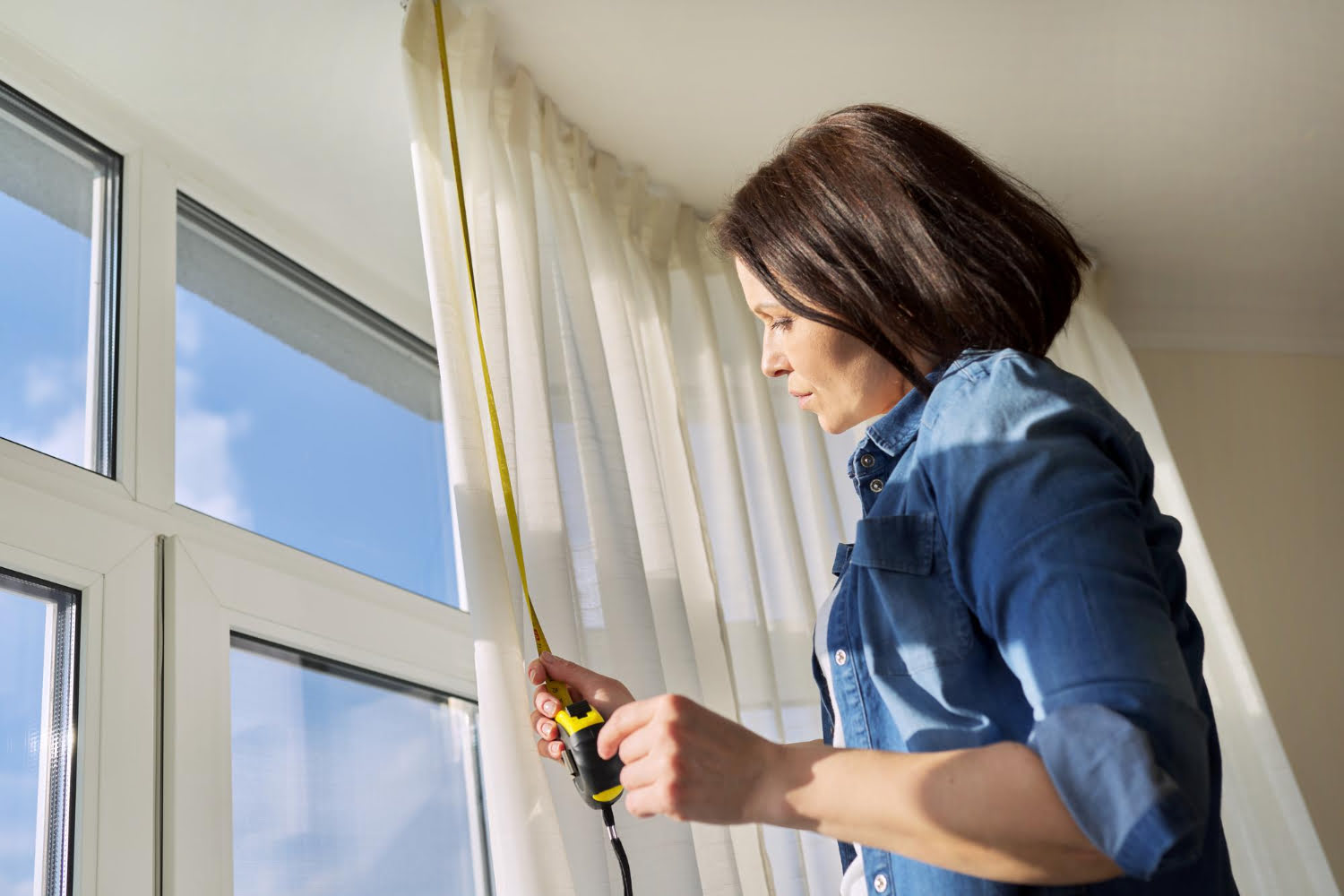

0 thoughts on “How To Hang Curtains With Baseboard Heaters”